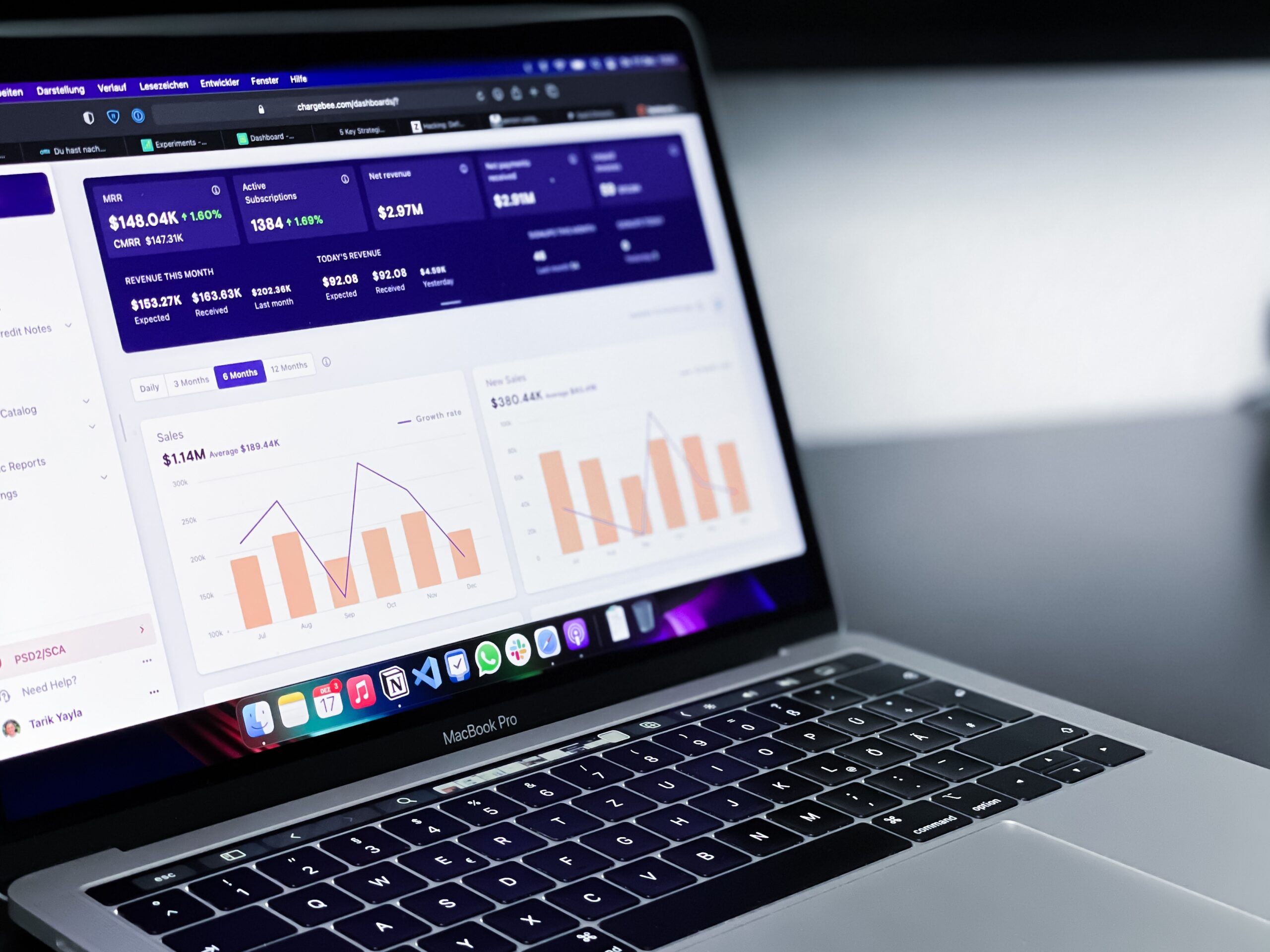By: Angus Frost | Senior IT Consultant
Introduction
The Gartner Data and Analytics (D&A) 2024 Summit, held at the Walt Disney Swan and Dolphin Resort in Orlando, Florida, brought together over 6,000 professionals from various sectors, including the construction industry. This three-day event, taking place from March 11 to March 13, offered a comprehensive look at the latest trends and challenges in data quality, governance, ethics, and more. Among the diverse range of topics, Generative AI and data governance stood out for their particular relevance to our field, reflecting the growing intersection of technology and practical applications in construction.
Generative AI and Augmented Intelligence
Generative AI, which uses artificial intelligence to generate new data, insights, or content, was highlighted in several sessions. Its application in construction offers the potential to enhance project planning and risk management by processing and analyzing data at a scale and speed unattainable by human effort alone. However, the summit discussions also emphasized the importance of human judgment in evaluating and applying AI-generated insights, ensuring that decisions remain grounded in practical experience. In the words of many presenters, AI is better defined as augmented intelligence in this context.
The Imperative of Data Governance
Data governance, a perennial challenge for many organizations, was spotlighted as a fundamental enabler of data quality, availability, and security. The discussions at the summit illuminated the struggles and successes of implementing robust governance frameworks, highlighting the necessity of such structures for ensuring data integrity and trustworthiness. For the construction industry, where project data exists across multiple applications, effective data governance is not a luxury but a prerequisite to support actionable analytics and operational insights.
Data and Analytics: 7% strategy, 93% execution
With the tools and technologies constantly changing, and the pace at which Generative AI capabilities are expanding, those organizations waiting until they have the perfect data and analytics strategy will get left-behind. Plenty of opportunities exist in our industry to begin experimenting with AI, applying machine learning against estimating data, service management history, production tracking or any other key data set can help surface information that either provides critical insights or identifies other data opportunities.
The important of AI Literacy
The adoption of AI offers significant benefits, yet it necessitates a comprehensive awareness of its challenges, including privacy concerns, ethical considerations, biases, inaccuracies, security risks, and accountability issues. It is vital for our team members to achieve AI literacy, akin to their understanding of data literacy, to fully comprehend the consequences of utilizing AI. Imagine AI as an efficient intern who requires careful supervision. As legislation surrounding AI usage begins to evolve, particularly in regions like the EU, staying informed about the regulatory implications is essential.
Laying the Foundations: Metadata Strategy and Data Quality
A deeper dive into the operational aspects of data analytics revealed the pivotal role of metadata and the critical importance of data quality. As the construction industry moves towards more integrated and intelligent systems, metadata becomes the scaffolding that supports data architecture, enhancing discoverability, and usability. Equally, the spotlight on data quality underscores a fundamental industry challenge: ensuring that the vast amounts of data captured and created are accurate, reliable, and fit for purpose. Addressing this challenge head-on is essential for building data analytics initiatives that can withstand the test of time and deliver real value.
Data at the Edge
“Data at the edge” was a pivotal topic at the recent conference, highlighting the significance of data generated by end users in the field—the frontline of our organizations. This raises the question: How do we unlock the value of this data for those on the ground?
Visibility into project trends, like production history compared to current progress, offers tangible benefits. It allows teams to gauge their likelihood of meeting project timelines based on past performances and current estimates. Moreover, understanding material procurement schedules and ensuring equipment reliability are critical for avoiding disruptions during crucial construction phases.
This data is not just a tool for current project status but a strategic asset that enhances decision-making. By analyzing procurement, production, equipment usage, and safety data, we can forecast future outcomes, a practice the construction industry needs to embrace more readily. The challenge lies in transforming this data into actionable insights, akin to a product that enhances project planning and execution.
Emphasizing the generation and utilization of such data ensures that we not only keep pace with current projects but also leverage historical data to predict and improve future project outcomes. This approach represents a paradigm shift in how we view and utilize “data at the edge.”
Conclusion: Charting a Course for the Future
Takeaways from the Gartner Data and Analytics 2024 Summit offered the construction industry a compass for navigating the next phase of data analytics and its augmentation through AI. The key takeaways—embracing generative AI and augmented intelligence, fortifying data governance, promoting ethical AI use, and prioritizing metadata and data quality—serve as the main priorities for a more data-informed and technologically advanced contractor.

